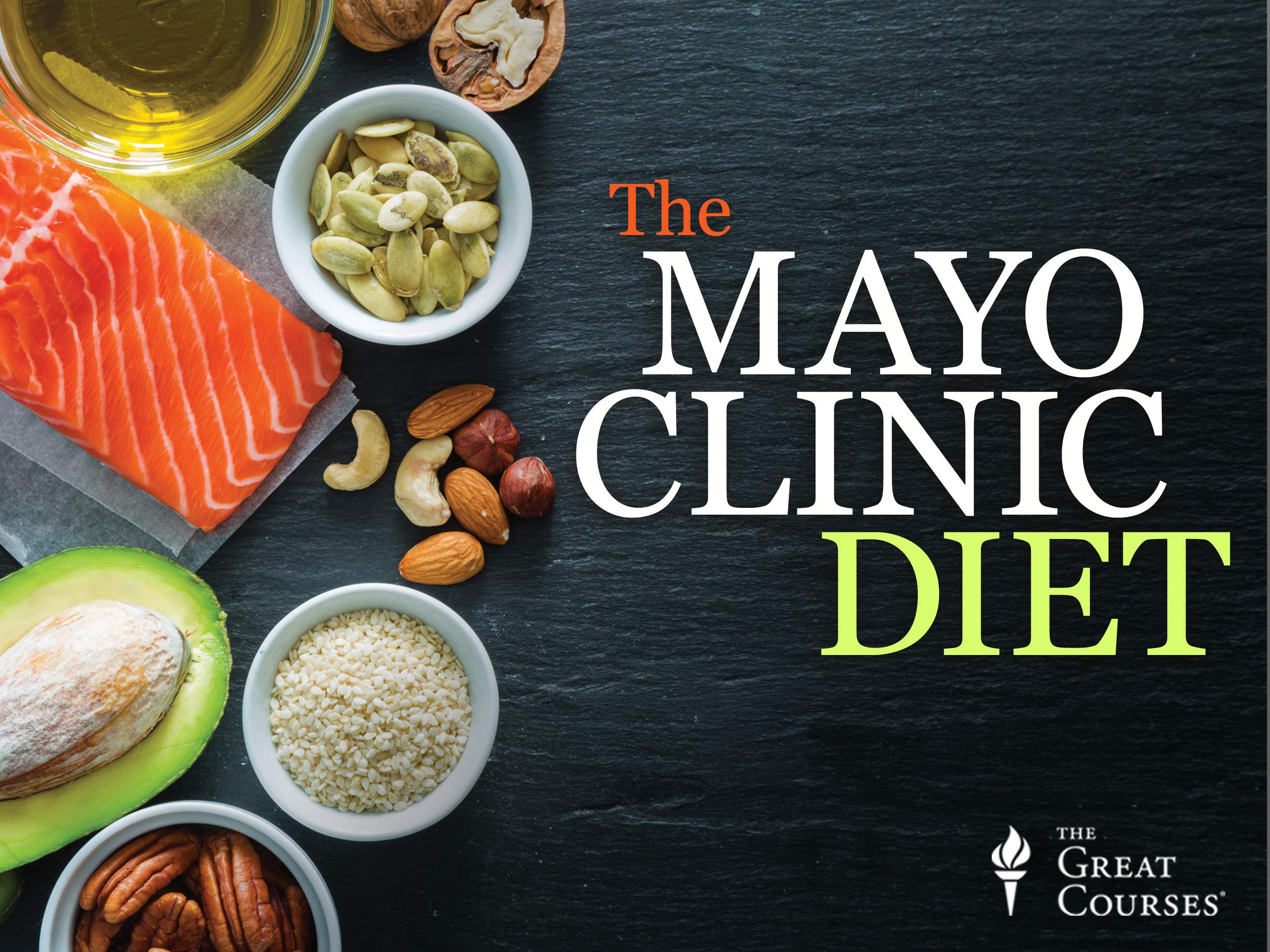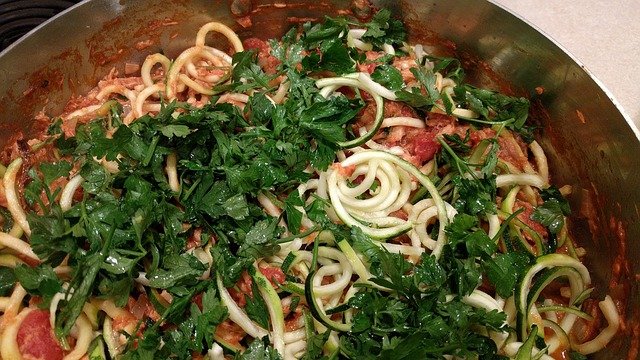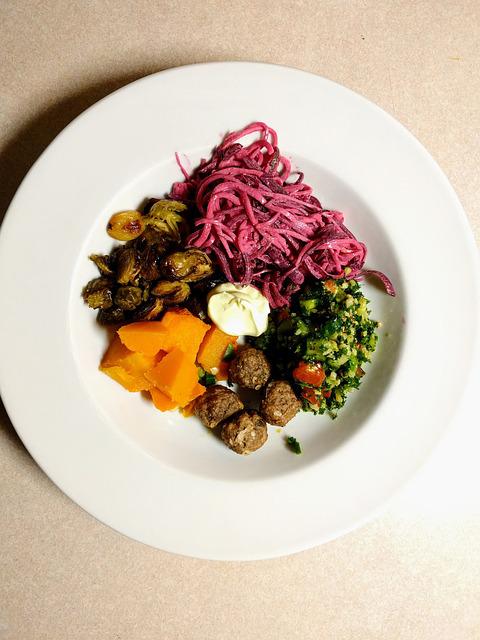
If you are considering the Paleo diet, you might be wondering what can't you eat. Here are some common things you shouldn't consume in order to live a healthier life. Common additives include aspartame, calcium sorbate, monosodium glutamate (MSG), nitrates, potassium bromate, saccharin, artificial sweeteners, and GMOs.
Processed foods
They are not natural. They are manufactured in a laboratory and are often loaded with artificial ingredients and preservatives. Additionally, they lack the necessary nutrients, fiber, and protein. People who follow a paleo diet avoid processed foods. So what foods should you be avoiding? Continue reading to find out which foods you should avoid while following a paleo diet.
Refined sugars
Paleo does not allow for refined sugars. These products contain a lot of additives, which are not good for your health. However, you can eat refined sugars in moderation, such as in small amounts. You can also try Ezekiel bread, which is made of grains, legumes, and goat milk.
Phytic acids in grains

Phytic Acid is a chemical found in grains and other plants which interferes with the body's ability to absorb minerals. It's particularly harmful in countries where there is low vitamin A and iron levels. However, phytic acid is not completely off-limits on the Paleo diet. There are a few ways to minimize its impact. This can be done by soaking the grains in water before you cook them and by cooking legumes longer. It is difficult to say whether there is a right or wrong answer.
Vegetable oils
Vegetable oils are a popular addition to modern cooking. But are they healthy for you? They are rich in omega-3 fatty acids, but not the healthy ones that Paleo eats. Even though they are organic, well-sourced and cold pressed vegetable oils can still contain unhealthy polyunsaturated butters that are harmful to your body. These oils are not harmful to your health, but there are still ways to use them in your cooking.
Fruits
Apples are a staple food on the paleo diet. Apples are high in calories but very nutritious. A typical-sized apple has about 10g sugar and over 2g fiber. Bananas, melons and other fruits are not considered to be true paleo foods. You might want to add one of these fruits to the menu if you're serious about following a healthy diet.
Organic fruits
Paleo should mean that you only purchase organic, non GMO fruits and veggies. Organic produce will contain less pesticides, trace chemicals, and be more nutritious. It is possible to select organic produce that has low pesticide residues, such as items from the Environmental Working Group’s Clean 15 lists. The Environmental Working Group publishes each year lists of the cleanest and dirtiest foods.
Meat

To start Paleo, you need to make a grocery list. This will ensure that you stick to your plan, and not wander off into the aisles of your grocery shop. A grocery list will help you keep track of your shopping and also make it easier to find paleo-friendly food. Here are some examples of foods you shouldn't eat on Paleo.
FAQ
How much does culinary school cost?
Prices for Culinary School vary depending upon where you go, what program you select, and how long you stay there. The annual tuition average is between $10,000 and $30,000 The average student graduates with $20,000 in debt. There are programs that offer work-study and scholarships.
How Much Does It Cost to Study Culinary Arts?
It is not easy to find a culinary arts degree that costs less than $40,000. A four-year degree usually costs around $40,000. A two-year associate degree, on the other hand may cost less than $5,000. Tuition rates vary depending on what program you choose. Private institutions charge higher prices than public ones.
Are there any requirements to become a chef?
No. Many chefs started their careers by learning on their own. Some went to culinary school simply to gain experience. Many chefs prefer to attend culinary school for the increased opportunities to learn and grow as professionals. Culinary schools give students hands-on experience, which allows them to develop valuable skills as well as improve their culinary knowledge.
What are the benefits to using a slow cooker
Slow Cookers are very useful because they allow you to prepare delicious meals without wasting time. Slow cooker recipes often have a lower oil and fat content than traditional recipes. In addition, slow cooker recipes are convenient because they take care of themselves while you sleep.
How do you learn to cook the best?
Cooking is one of those things that everyone should know how to do. If you don't know how to cook, you miss out on some great food experiences. The first thing you need to do when learning to cook is to find a recipe that you like and follow it closely. The next step is to practice making small modifications to the recipe until it becomes second nature. Next, you can cook for others. This will not only help you cook better, but it will also test your skills.
How Long Does it Take to Become a Chef? What is the average career path in this field?
Becoming a chef takes approximately five years. In this period, you will learn basic cooking skills and experience as a kitchen assistant. After you've completed your training you can apply to be a line cook or sous chef. The salary range for a chef is between $25,000 to $60,000 per annum.
How long does it take to learn to cook? What amount of time will it take to master the art?
It depends on your level of skill. Some people can pick up basic cooking techniques within a day or two. Others may take months or years to master the basics of cooking.
The time it takes to learn how to cook will vary depending on who you are. A person who has never cooked before will likely need more time to learn than someone who is a regular cook. Different types of cooking require different amounts of experience. For instance, baking requires more knowledge than frying.
Focusing on a particular technique is the best way to speed up your cooking skills. Once you have perfected that technique, you can move on. It doesn't matter how long it takes to master a particular technique. You can just keep at it and enjoy the process.
Statistics
- On average, chefs earn $58,740 a year, according to the BLS. - learnhowtobecome.org
- In the United States, the category is estimated at $23.2 billion annually and is growing faster than the market. (washingtonpost.com)
- The median pay for a chef or head cook is $53,380 per year or $25.66/hour, according to the U.S. Bureau of Labor Statistics (BLS). (learnhowtobecome.org)
External Links
How To
How to make a perfect omelet
Omelets are a favorite breakfast food of mine. How can you make them perfectly? I've tried many different methods and recipes, but none of them seem to work! I have some tips and tricks to help you make delicious, fluffy omelets every single morning.
Before we start making omelets, let's remember that eggs are temperamental. Eggs must be purchased fresh, preferably organic, and kept chilled until ready for cooking. If you don't keep them cold enough, the whites won't form properly, and the yolks will break down too much and become runny. This makes your omelets look weirdly colored. If you're going to cook them immediately, it is best if the eggs are still warm.
Another tip is to separate each egg before adding them to the saucepan. It is important not to allow any white to mix with the yolk as this could lead to the omelet becoming curdled.
If you add the egg directly onto the stovetop, you might end up burning the bottom part of the egg, which would ruin the texture of your omelet. Instead, put the egg in the microwave for 10 seconds before putting it into the pan. The microwave heat is sufficient to cook the egg without overcooking.
Next, let's talk about mixing the eggs. When mixing eggs, it is important to thoroughly beat them. To do this, take the bowl from the mixer and flip it upside-down. Next, shake the bowl vigorously. This will whip the air around the bowl and mix the egg well.
Now comes the fun part: adding the milk to your mixture. First, pour half of the milk into the beaten eggs and then fold the eggs gently into the remaining milk. Do not worry if you see streaks of egg; they will disappear when the omelet is flipped.
After you have folded the eggs, heat the oil in a pan over medium heat. Once the oil has started to sizzle, turn the heat down to low. Add 1/4 cup butter to the oil and swirl it around to coat all sides of the pan. Now carefully crack open the lid of the pan and sprinkle salt into the pan. An additional pinch of salt will prevent the omelet form sticking to your pan.
Once the omelet has formed, cover the pan again and wait for the top side to set completely. Flip the omelet over using a spatula or flip the pan upside down. Cook the opposite side for another minute. Remove the omelet from the pan and serve immediately.
This recipe is best made with whole milk. However, it can also be used with skimmed milk.